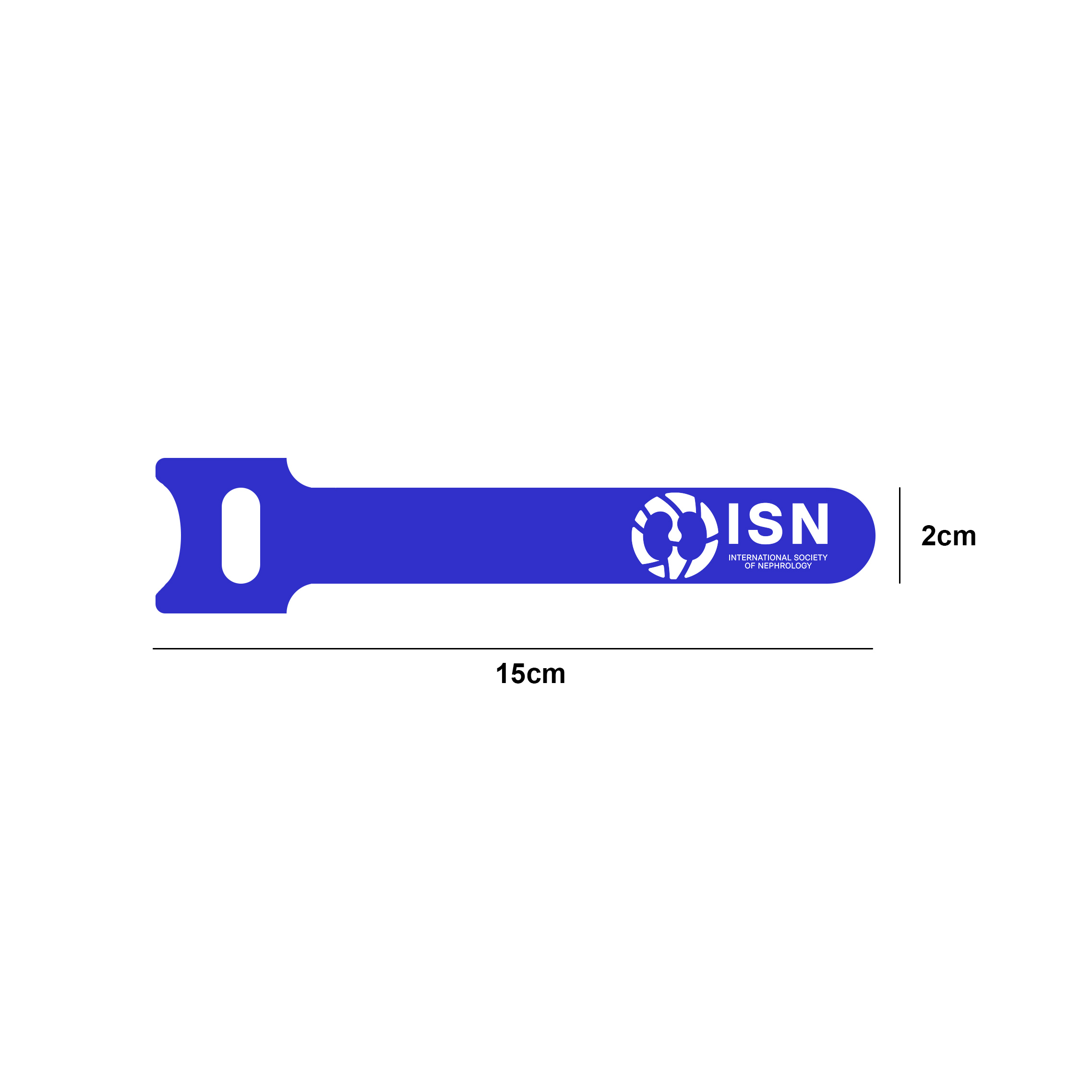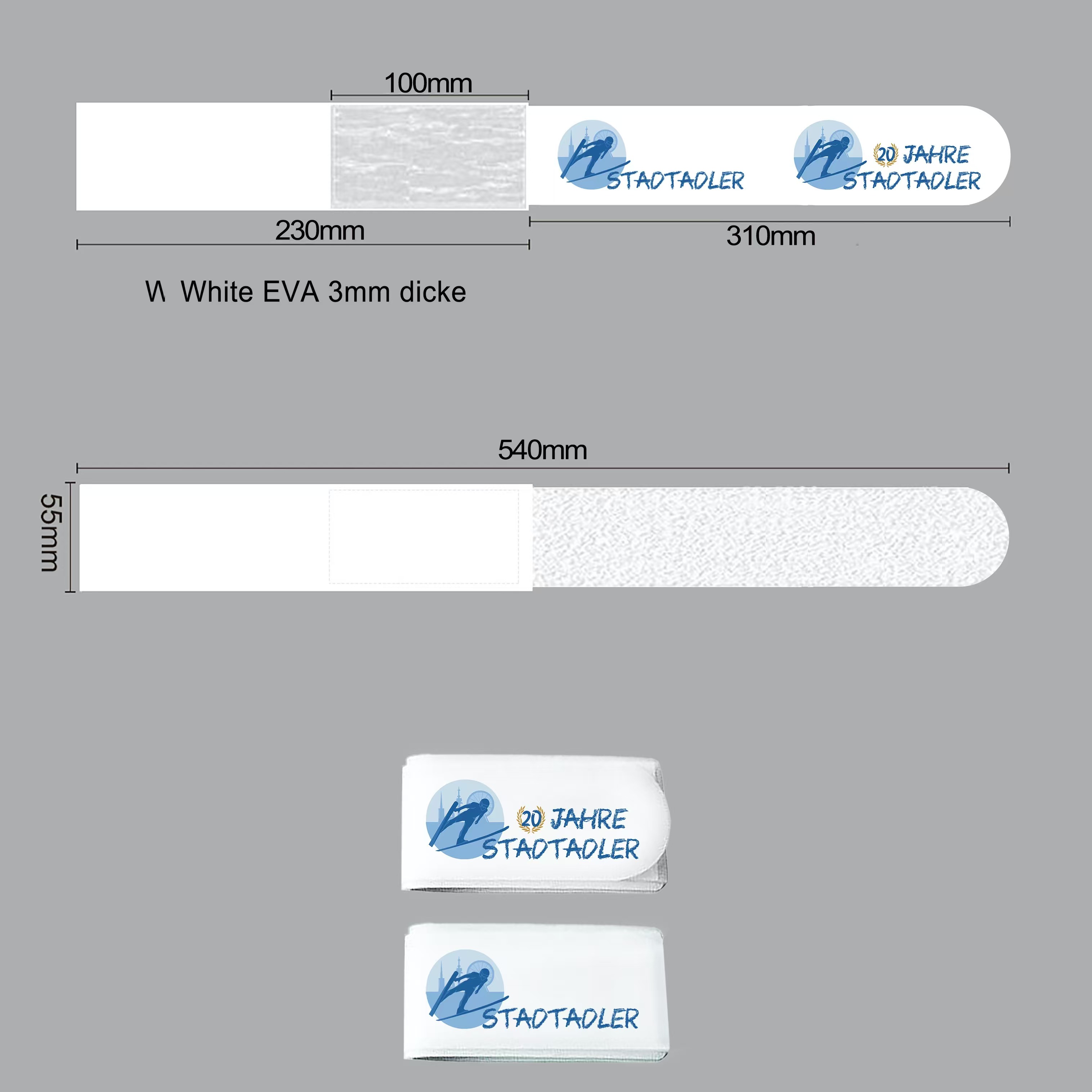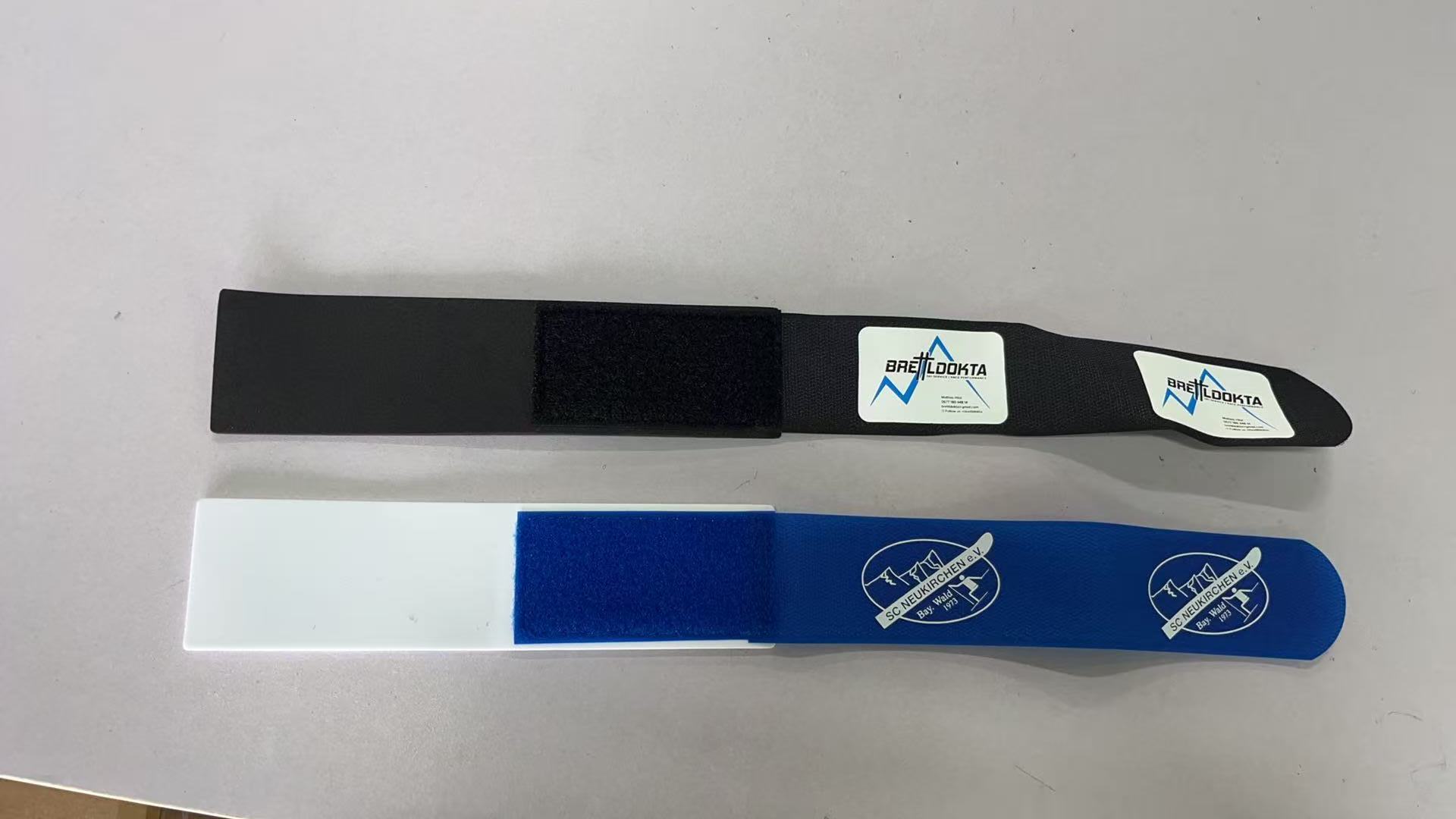Custom printed products - custom-printed-products.com
About Custom-Printed-Products.com
Welcome to Custom-Printed-Products.com – your reliable partner for custom printed products and promotional items worldwide. We help companies, organizations, and clubs showcase their brand with personalized products featuring your logo, slogan, or design.
Our wide range includes innovative giveaways, practical everyday items, and premium promotional products, perfect for trade shows, events, client gifts, or merchandising. With state-of-the-art printing technology, we ensure brilliant results on all kinds of materials – from textiles to plastics and metal.
Why choose us?
- Custom printing with your logo, text, or graphics
- Wide product selection – from classics to trending novelties
- Direct from the manufacturer – competitive prices & fast processing
- Worldwide shipping via DHL, FedEx, or UPS
- Professional customer support and personal consultation
Whether you need small quantities for events or large-scale orders for international marketing campaigns – we deliver tailored solutions that make your brand stand out.




